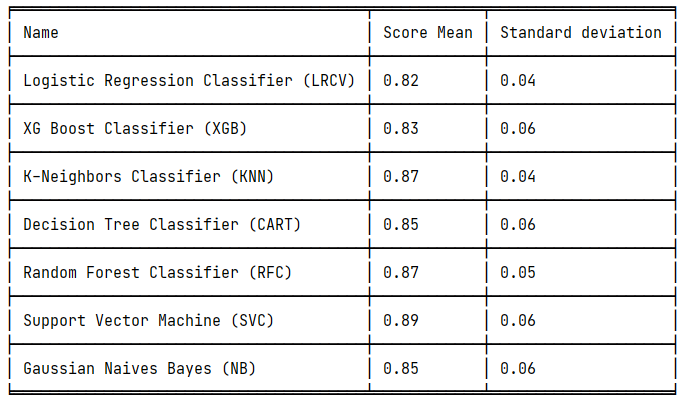Using the movies dataset, we build a recommender system:
- based on videos popularity using IMDB weighted rating formula
- based on the similarity in the overview of videos
Dataset Here
| title | vote_count | vote_average | score |
|---|---|---|---|
| The Shawshank Redemption | 8358.0 | 8.5 | 8.445869 |
| The Godfather | 6024.0 | 8.5 | 8.425439 |
| Dilwale Dulhania Le Jayenge | 661.0 | 9.1 | 8.421453 |
| ....................... | ..... | ..... | ..... |
get_recommendations('Father of the Bride Part II')| title |
|---|
| Father of the Bride |
| Kuffs 6024.0 |
| North to Alaska |
| Wendigo |
| The Magic of Méliès |
| ....................... |
[x] We'll improve again the second part to take account others features like the director, actors, keywords and the movie genres.
get_recommendations('Father of the Bride Part II', cosine_similarity)| title |
|---|
| Baby Boom |
| Father of the Bride |
| ¡Three Amigos! |
| Hanging Up |
| Das merkwürdige Verhalten geschlechtsreifer Gr... |
| ....................... |
Making forecast with time serie. contains notes
- Notes takes from Here
For model-comparison-sarima-lstm-prophet, we have :
| Models | MEAN | RMSE Errors | MSE Errors |
|---|---|---|---|
| SARIMA | 148.42 | 8.14 | 66.18 |
| LSTM | 148.42 | 10.77 | 116.02 |
| PROPHET | 148.42 | 11.48 | 131.69 |
- Then SARIMA fit well (with simple tuning) to the monthly beer production dataset.
Given the type of model: classification or prediction,
the chosen class will give several algorithms with their accuracy
That way we can save times for choosing the best algorithms :)
From there
import pandas as pd
from sklearn.model_selection import train_test_split
from chosen.chosen import Chosen
data = pd.read_csv('data/Social_Network_Ads.csv')
X = data.iloc[:, -3:-1].values
y = data.iloc[:, -1].values
X_train, X_test, y_train, y_test = train_test_split(X, y, test_size=0.3, random_state=42)
model = Chosen(X_train, y_train, model_type='classification', scaling=True)
model.train()We got

